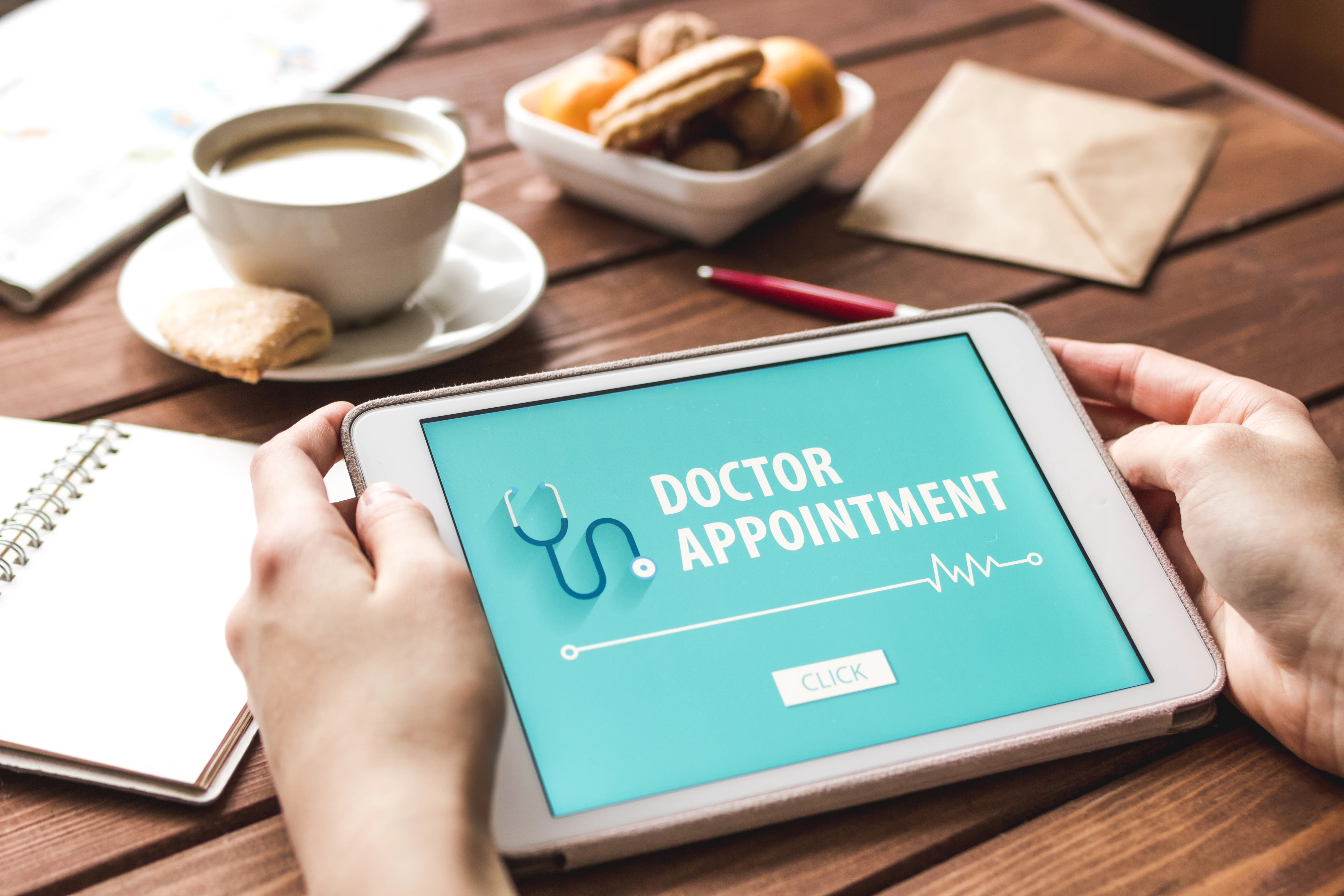HL7 Standards and Their Importance for the Healthcare Industry
Technology has brought colossal changes in the operations of every industry. This revolution has enhanced the efficiency and effectiveness of the workflow of every organization. Healthcare has also embraced this change and by the use of technology, they have not only improved their operations but enhanced the standard of healthcare. But in the early years of this transformation, healthcare facilities were facing problems in the sharing of patient data and other important information. And to resolve these issues, HL7 standards were introduced and organizations that are following these standards can share the patient data without any trouble.
In the medical industry, sharing of patient data has great significance. Health facilities can learn from the research and data of one another to deliver better healthcare. Also, in this digital age, people don’t like to carry their medical records and test reports with them, when they go to some different practitioners. They desire to have a shareable source of their digital data for the new doctor. And this is not possible if the EHR (Electronic Health Record) systems of the healthcare units are not developed with HL7 integration. Continue reading and we will walk you through the technicalities of HL7.
What are HL7 Standards?
Health Level Seven (HL7) includes a set of international standards that were created to provide guidance with transferring and sharing data between various healthcare providers. The health management systems of different organizations are usually created in different languages and by different developers. This is why these systems gather and organize patient data in their own format. And when an organization tries to share this data with some other healthcare, it faces compatibility issues of different sorts.
To resolve this issue, HL7 standards were created by Health Level Seven International. The organization provides a comprehensive framework and related standards for the exchange, integration, sharing, and retrieval of HL7 data. Furthermore, the adoption of these standards supports healthcare units in not only clinical practice but also in the management, delivery, and evaluation of health services.
Categories of HL7:
The standards of HL7 are grouped into reference categories called sections.
- Section 1 contains and describes the primary specifications for compliance, integration, and interoperability. It also describes the HL7-supplemental standards like Clinical Document Architecture (CDA), Electronic Health Records (EHR), Fast Health Interop Resources (FHIR), and many more.
- The Second Section define and document standards and messaging protocols for clinical specialties.
- Section 3 of HL7 provides implementation guides and use cases for the existing standards.
- The fourth Section of these standards includes guidelines for software and standards development, technical specifications, and programming structures.
- Section 5 helps you implement and support documents that were made for the purpose of a current standard. You can consider each document as supportive material for one of the other standards.
- The sixth section includes the programming structures and guidelines for the growth and expansion of standards and software.
- Section 7 is about education and awareness. It encapsulates the Standards for Trial Use (STU) and other projects currently happening.
Why Does Healthcare Need HL7?
All healthcare providers in general and medical specialists, in particular, require access to multiple electronic systems. They need this access to see relevant diagnoses for a patient. This access is even more important if the medical facility is providing services in outpatient clinics. This is because these clinics are usually not integrated with the local hospital system. To cater to this demand, HL7 integration comes in and provides interoperability standards, such as the messaging format.
Furthermore, HL7 provides a common language around content and structures for clinical data classes (e.g., diagnoses, allergies, procedures, and much more). These standards ensure that you can share HL7 data across EHRs without ambiguity and the risk of misinterpretation.
Who uses HL7?
Organizations such as hospitals, medical imaging centers, doctors, government clinics, laboratories, care homes, pharmacies, and medical research institutions are all the users of HL7. Furthermore, the HL7 is also used at medical facilities where messages are exchanged between different internal departments like X-ray, pharmacy, physiotherapy, patient administration, human resources, and finance. IT systems developers, specialist clinical interface developers, medical researchers, and medical organizations that need to share data with other healthcare institutions and users are also the users of HL7.
What are the Benefits of HL7?
HL7 acts as a bridge between modern healthcare services and advancing information technology. Compliance with these standards increases the number of contexts and services that you can include in aggregating the modern longitudinal patient record. All in all, HL7 standards are making medical facilities deliver better healthcare. If you too want to automate your healthcare unit, choose the service that HL7 integrated and a company that is more reliable. And under these parameters, no company is as good as the Veerchual in the whole of U.S.
